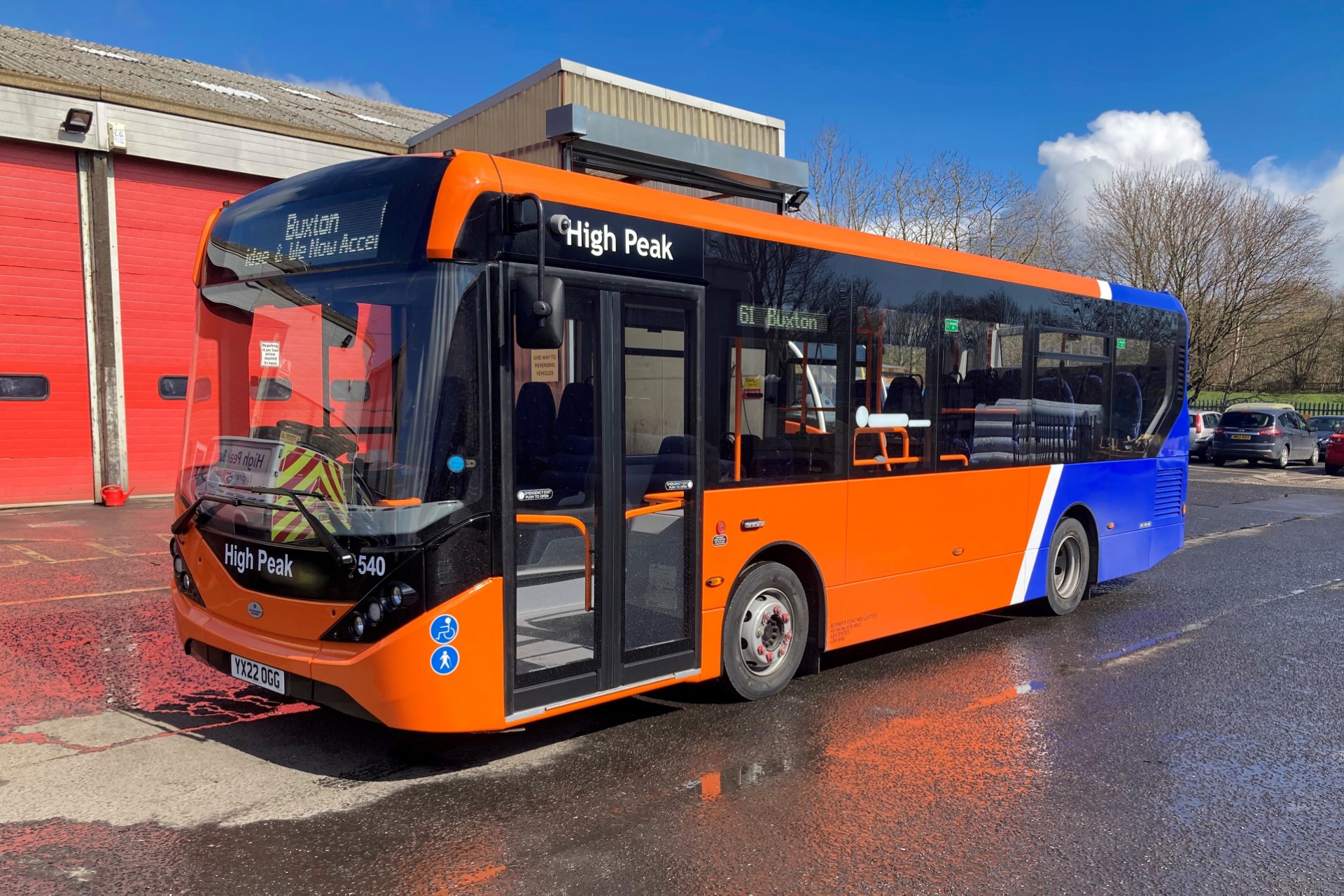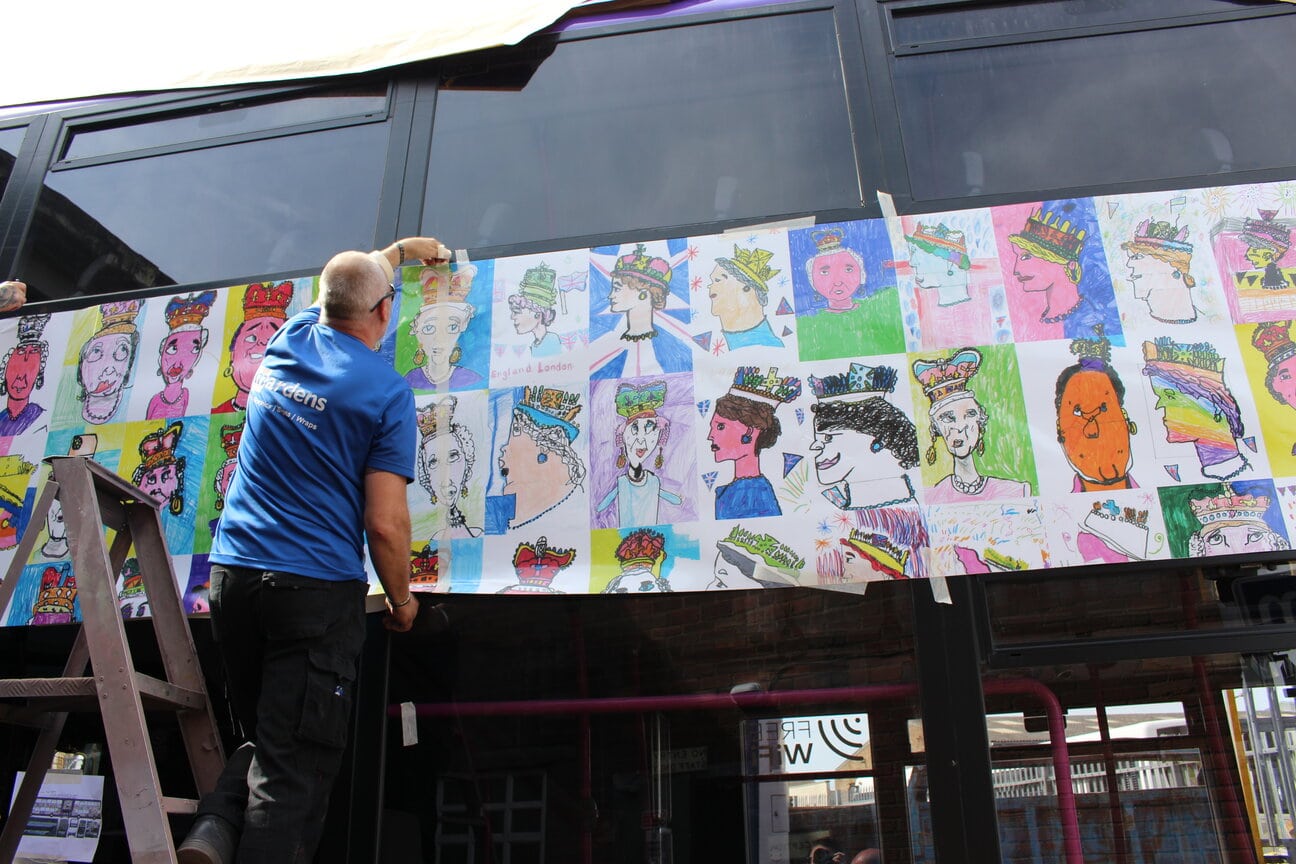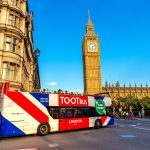 1. It’s wasting your fuel
1. It’s wasting your fuel
When the wheels of a vehicle aren’t properly aligned, it means they’re not working together as a team. All of that extra resistance adds up (especially over the longer journeys made by lorries, coaches and LCVs). Your vehicle’s engine needs to put in extra work to push past that resistance – and that means it uses more fuel to travel the same distances and keep up the same speeds.
2. It’s wearing down your tyres
That extra push and pull creates problems for your fuel. You’ll be putting strain on the parts of the tyre that were never intended to take that much stress. Over longer periods of time, those weaker parts of the tyre will suffer wear and tear much faster than if you had your wheels properly aligned – and that means shelling out sooner for a new set of tyres.
3. It’s affecting your grip on the road
Without the proper alignment, you could be grinding down the treads on your tyres faster, increasing the chances of an accident with one of your vehicles. But even beyond the importance of your drivers’ wellbeing, there are huge potential costs to an avoidable accident. There’s the cost of damaged vehicles, the cost of the cargo, and even the potential for legal action taken against your business. So if safety is a priority (and it should be!), the cost of a wheel alignment could pay for itself many times over in comparison to the alternatives.
 4. It’s making your drivers uncomfortable
4. It’s making your drivers uncomfortable
Poor wheel alignment isn’t just a problem for the vehicle.
It’s a problem for your drivers, too – affecting the suspension of the vehicle and the motion of the carriage. Your drivers need full focus to do their jobs safely. They need a distraction-free ride to hit their targets on time. And if you want happy and healthy workers who don’t resent their everyday jobs, you need to give them vehicles that won’t drive them mad along the way.
5. It’s messing with your steering
Remember all that pushing and pulling that was affecting your fuel and your tyres? It’s doing a lot more than just that. It’s creating problems with the steering and handling of the vehicle. Wheels that are out of alignment can cause the steering to constantly pull to the one side, which means your drivers are constantly having to correct for a sideways motion. At best, it’s a frustrating experience that can lead to driver fatigue over a long period of time. But at worst, it could lead to an accident in a momentary lapse of focus – pulling one of your vehicles out of their lane, or even off the road completely.
Get the tools you need to keep your costs down and your drivers safe
But wheel alignment services can be costly themselves. So if you really want to get the most bang for your buck, you can bring your wheel alignment checks in-house with a dedicated set of tools for the purpose.
You can also bring your tyre changing service in-house which can result in money savings and more importantly, time savings.
If you are thinking of investing in a new or replacement tyre changer for your workshop, Totalkare offers a variety of specifications to cover all type of tyre and wheel servicing facility, whether it is entry level machines through to fully automatic machines for all commercial vehicles.





















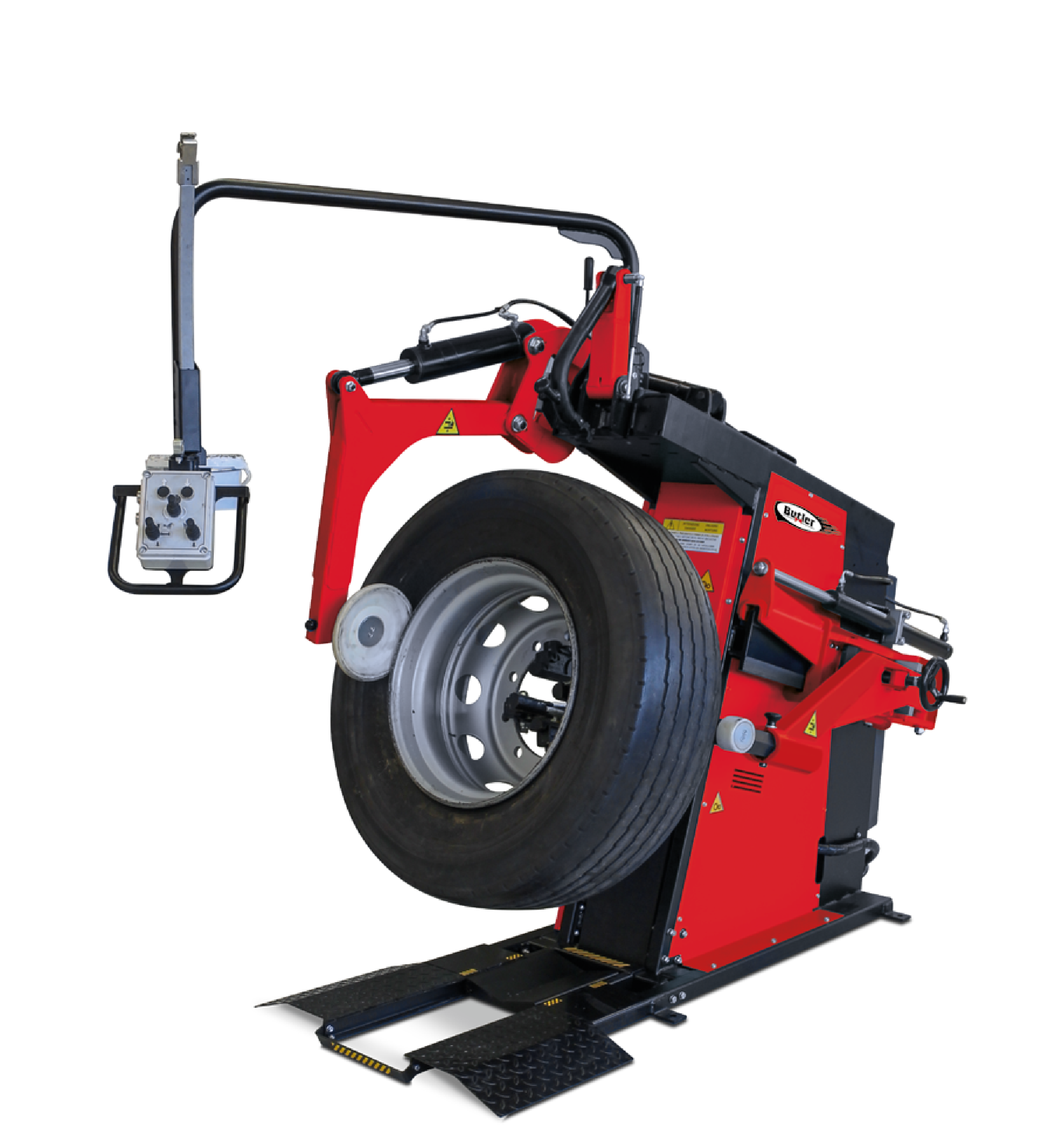
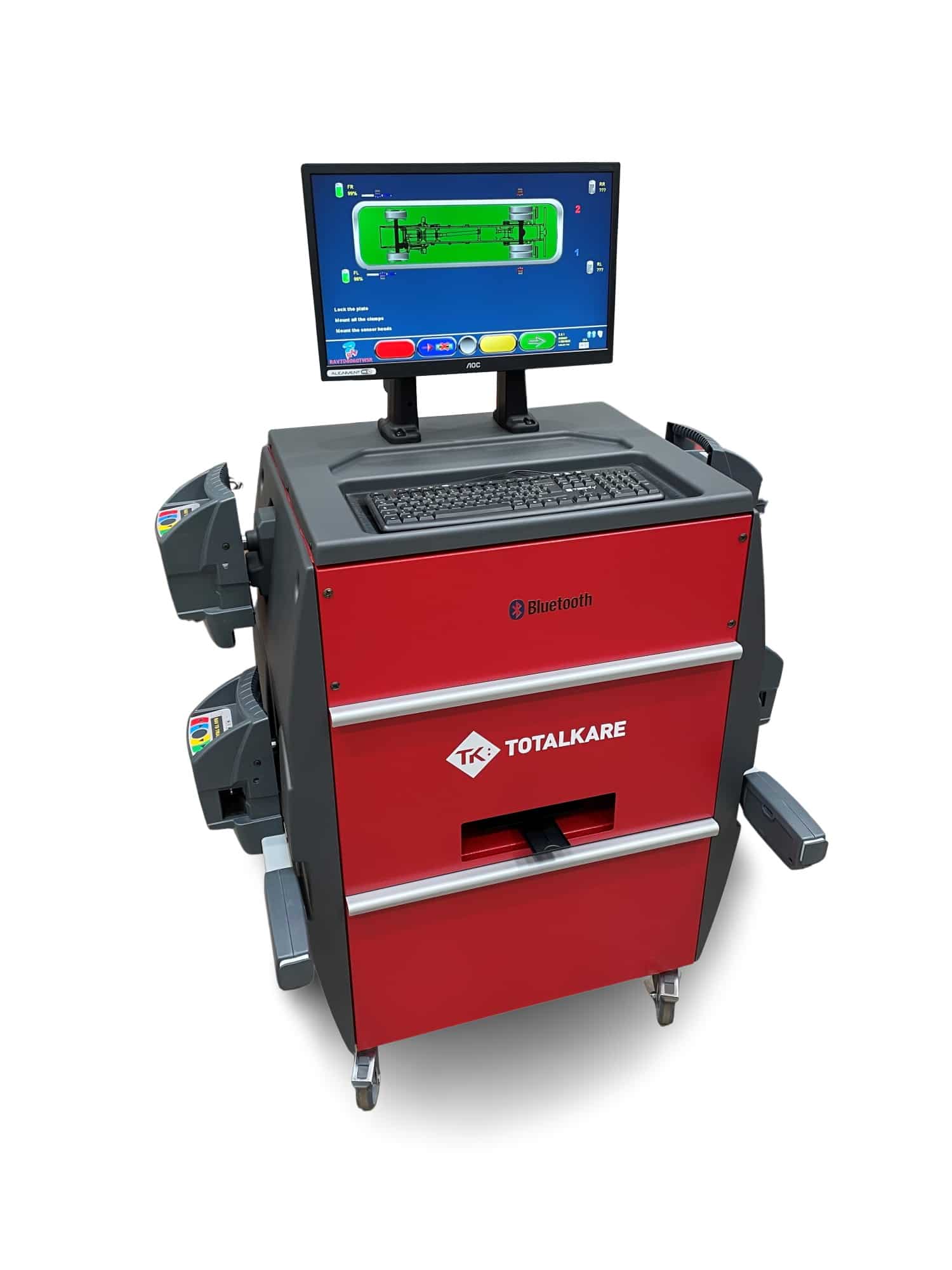 4. It’s making your drivers uncomfortable
4. It’s making your drivers uncomfortable